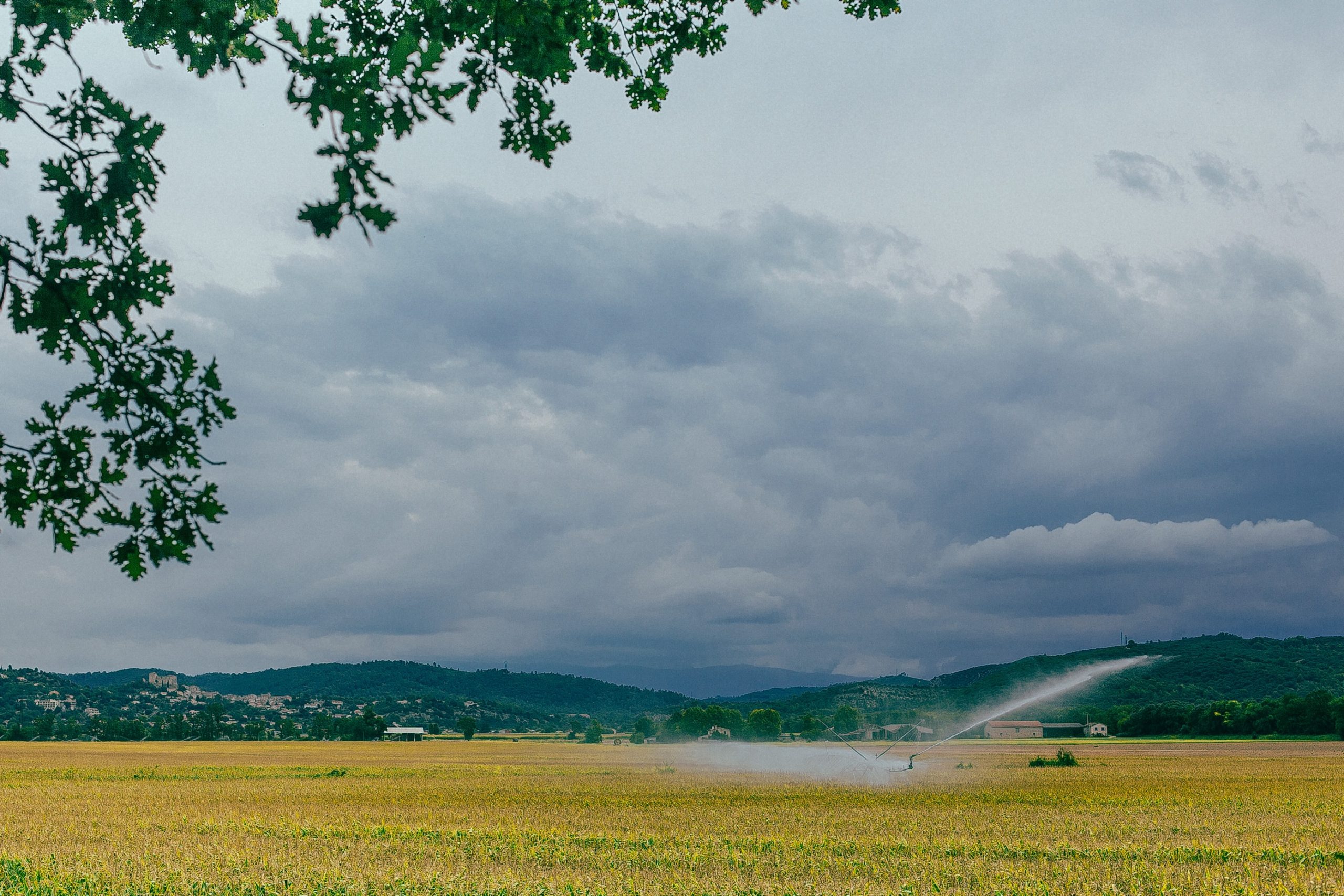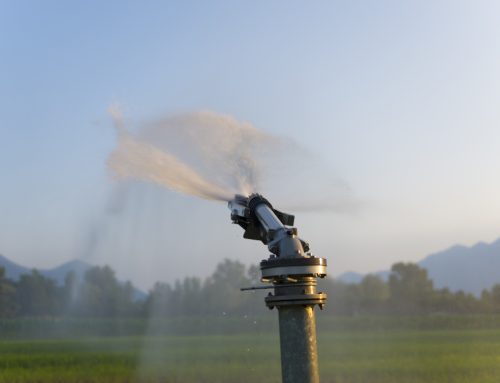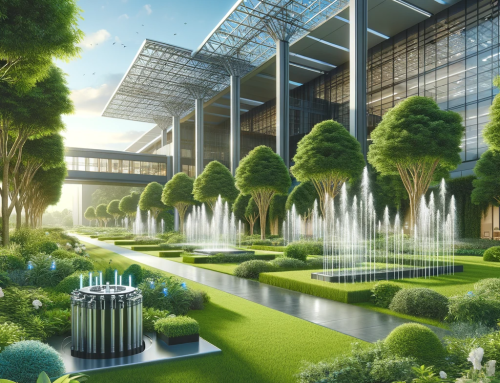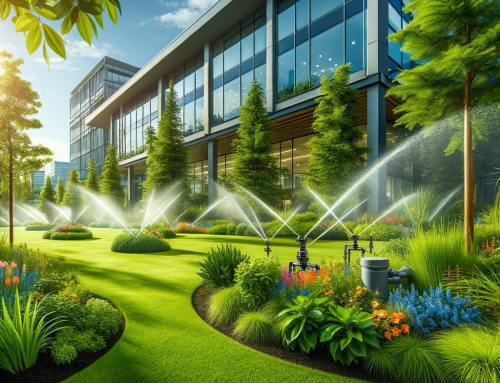We all know that irrigation is essential to support the growth of your crops. But, did you know that there are also different types of irrigation? No? Or maybe you did, but you aren’t quite sure what the 5 types of irrigation systems are.
That’s why in this article, we’re going to walk you through the 5 most common types to help you understand which one is suited to your crop. Keep in mind, there are also some others, but the ones named in this article are the most common.
1. Drip Irrigation
Drip Irrigation systems do what their name suggests, i.e., drip water onto the soil’s surface. The way it works is that there are pipes with tiny holes spread around the crop. These holes then drip the water onto the soil and plants.
This has the benefit compared to most other irrigation systems in that it doesn’t use as much water, which is more cost-effective. It’s also easy to control and modify, which is excellent too.
Drip Irrigation systems are best for:
- orchards
- vineyards
- high-value vegetable crops,
2. Sprinkler Irrigation
The next most popular type of irrigation system is the Sprinkler Irrigation.
With sprinkler irrigation systems, the water flows through pipes and is then delivered through a fine spray. This makes it a great choice when trying to target specific areas, which is commonly the case for tree crops.
Therefore, it can quickly spread the water and cover large areas.
Another benefit that Sprinkler irrigation systems have compared to other types is their affordability. Again, they don’t need a lot of water to run but can still cover wide areas.
Sprinkler Irrigation Systems are best for:
- Tree crops
- Orchards
- Vegetable Crops
3. Center Pivot Irrigation
A center-pivot irrigation system is also quite similar to a sprinkler irrigation system. The main difference is that it is self-propelled, much bigger, and metal towers also support it.
This also allows the irrigation system to distribute the water evenly. Plus, it can also cover large spaces quickly, which makes it perfect for large crops.
Another significant benefit of the center pivot irrigation system is that it operates at a lower pressure. This means your energy costs will not be as high.
Center Pivot Irrigation Systems are best for:
- Any large crops
4. Furrow Irrigation Systems
In a furrow irrigation system, the water flows through parallel channels. The crops are grown between the channels on a higher level so the water flows to their roots naturally after you fill the channels up with water.
This has the advantage that the water doesn’t reach the crops, but only the roots. Many types of crops could get damaged if the water would go near them, so this is where furrow irrigation systems will come in.
Again, this also has various benefits, resulting in a higher yield or the installation costs being very low. Overall, the furrow irrigation systems are also one type that deserved to make this list, because it offers some clear benefits.
Furrow irrigation systems are best for:
- Any types of row crops
5.Terraced Irrigation
Terraced Irrigation has been around forever. It’s an ancient practice that many farmers still use today.
It’s most commonly used in regions that have lots of mountains. But the way it works is basically that you cut steps into the sloped land. Now, when it rains, the water will flow from one step to another, and the entire mass will get enough water.
One of the advantages that terraced irrigation systems have is that they prevent soil and water runoff. Plus, they can also improve your land’s productivity.
Terraced irrigation systems are best for:
- Mountain areas
Need More Help?
We hope you have enjoyed our article on the 5 types of irrigation systems. If you did, make sure to check out some of our recent posts below.
And if you would like to get help with your irrigation system or don’t know which one is best for you, contact us here.
Recent Posts:
8 Gardening Tips For Beginners
6 Ways To Prevent Overuse of Water For Irrigation
6 Signs That Your Irrigation System Needs Repairing








https://buypriligyhop.com/ – Priligy